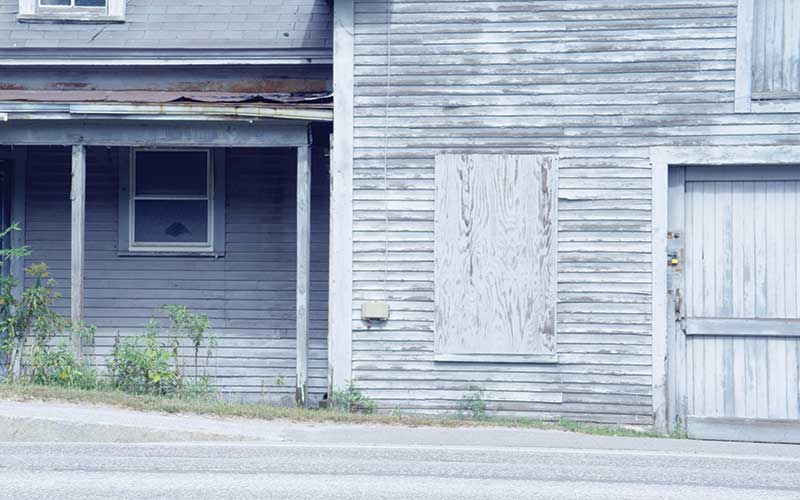
Lead poses a public health threat in New Hampshire, and it's often lurking in our own homes. Seven communities across the state are taking action to end lead poisoning through local action. Photo: wasan prunglampoo via IStock
Since I first started working with New Hampshire stakeholders and community partners to end lead poisoning in our state, I’ve been inspired and humbled by the passion and dedication of the people and organizations that have helped us push for change. Last year, our collective work to strengthen the state’s laws to better protect our kids resulted in the passage of SB 247. Among other provisions, the new law requires universal screening of all one- and two-year-olds for lead poisoning and establishes a more protective standard to trigger interventions for kids with elevated blood lead levels.
But as with any complex problem, especially one so embedded in our communities, there is rarely a silver bullet.
That’s why CLF, working with New Hampshire Legal Assistance, New Hampshire Listens, and the New Hampshire Housing Finance Authority, set out with a new project: A Community of Action for Lead Safety. The goal? To engage local communities in identifying and implementing local solutions.
Together, we have been working with teams from seven communities – Concord, Claremont, Franklin, Manchester, Nashua, Rochester, and Somersworth – to identify local needs and actions to leverage the benefits of our strengthened lead laws.
Community-based Solutions Can Serve as Statewide Models
Over the past six months, teams from each community have come together to learn more about the challenges of protecting our kids from lead, and to develop solutions. The teams differ in their composition – some are made up entirely of municipal staff while others also include health policy advocates, local activists, or other stakeholders. But they all share a common purpose: stopping the tragic toll of lead poisoning on the children and families that call their community home.
Ultimately, the work they are doing will develop model solutions for other New Hampshire communities to adopt. It also will cultivate local knowledge and expertise that can be readily shared. This will help create the broader “Community of Action” we are hoping to achieve statewide.
Concord’s team, for example, intends to establish a local task force to ensure that its efforts persist over the long-term. Recognizing that many children are poisoned during home remodeling projects – when lead dust can be released into the air inadvertently – the City is also considering strategies to better educate contractors about the federal Renovation, Repair & Painting regulatory program. Improving compliance with this federal law will help protect kids from unsafe renovation practices.
Given that nearly 60 percent of New Hampshire homes were built before the 1978 ban on lead paint, the strategies developed in Concord will resonate well beyond the boundaries of our capital city.
Claremont, meanwhile, has gathered a broad range of members on its team, from the director of the city’s water department, to residents deeply committed to the childhood lead poisoning challenge, to the city’s mayor. With the leadership of Mayor Charlene Lovett (a recent CLF Local Hero), the team is looking to build on its work addressing lead in drinking water. Among other issues, it wants to ensure that all childcare centers in Claremont comply with SB 247’s requirement to test water for the presence of lead.
More than 700 preschools and childcare centers operate in New Hampshire, so the lessons learned in Claremont will prove invaluable in helping cities and towns statewide address this area of potential vulnerability for our toddlers.
Solutions Must be Both “Top-Down” and “Bottom-Up” to Eradicate Lead Poisoning
Lead poisoning is a public health crisis in our state – one that affects not just individual children and their families, but all of us. It’s also a preventable problem, with known and proven solutions.
Improvements to our state’s lead laws are critical, but they must be supplemented by replicable efforts that address local challenges with local solutions. I’m proud to say that, once again, Granite Staters are stepping up to the challenge with collaboration, creativity, and commitment.




